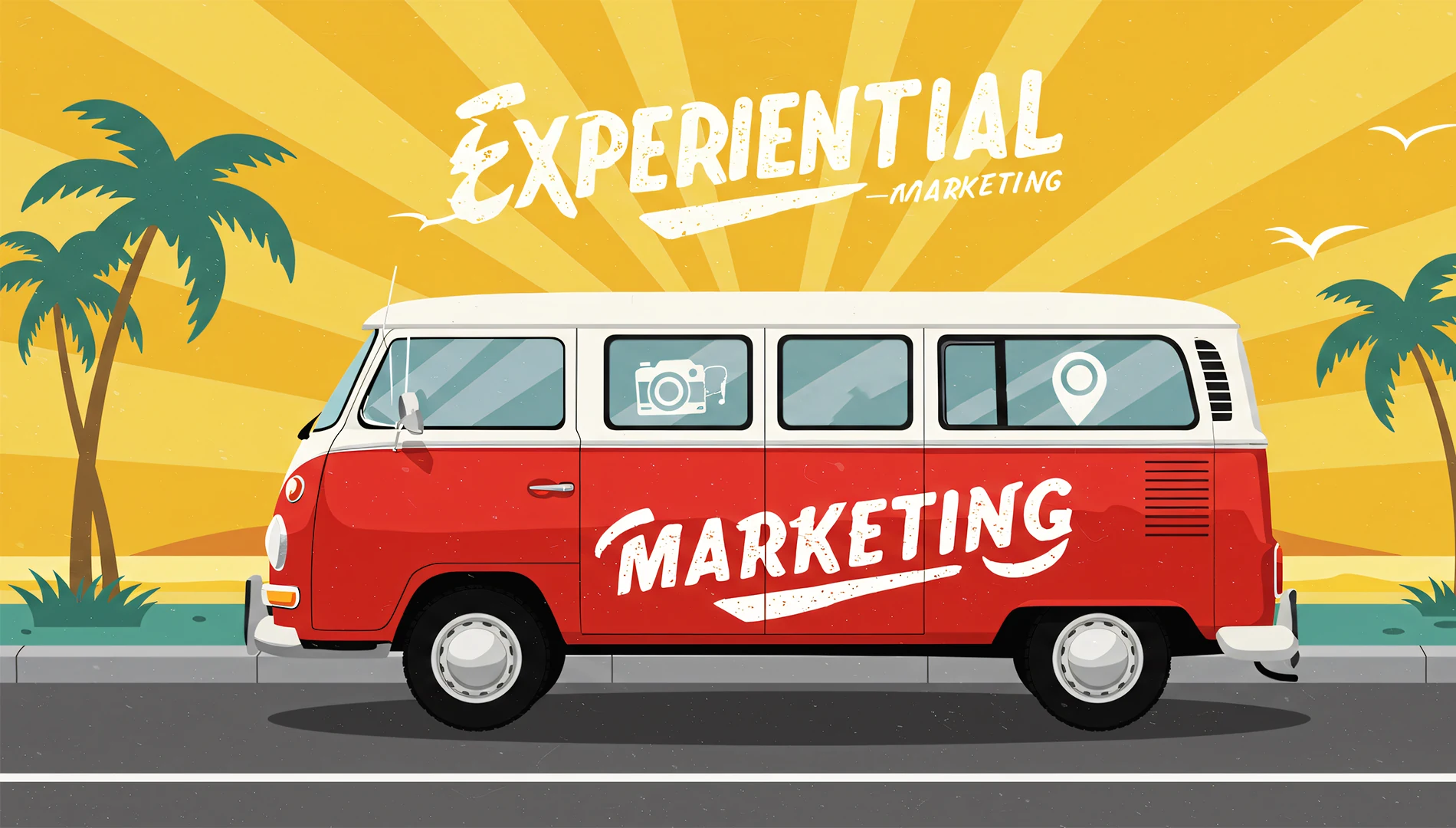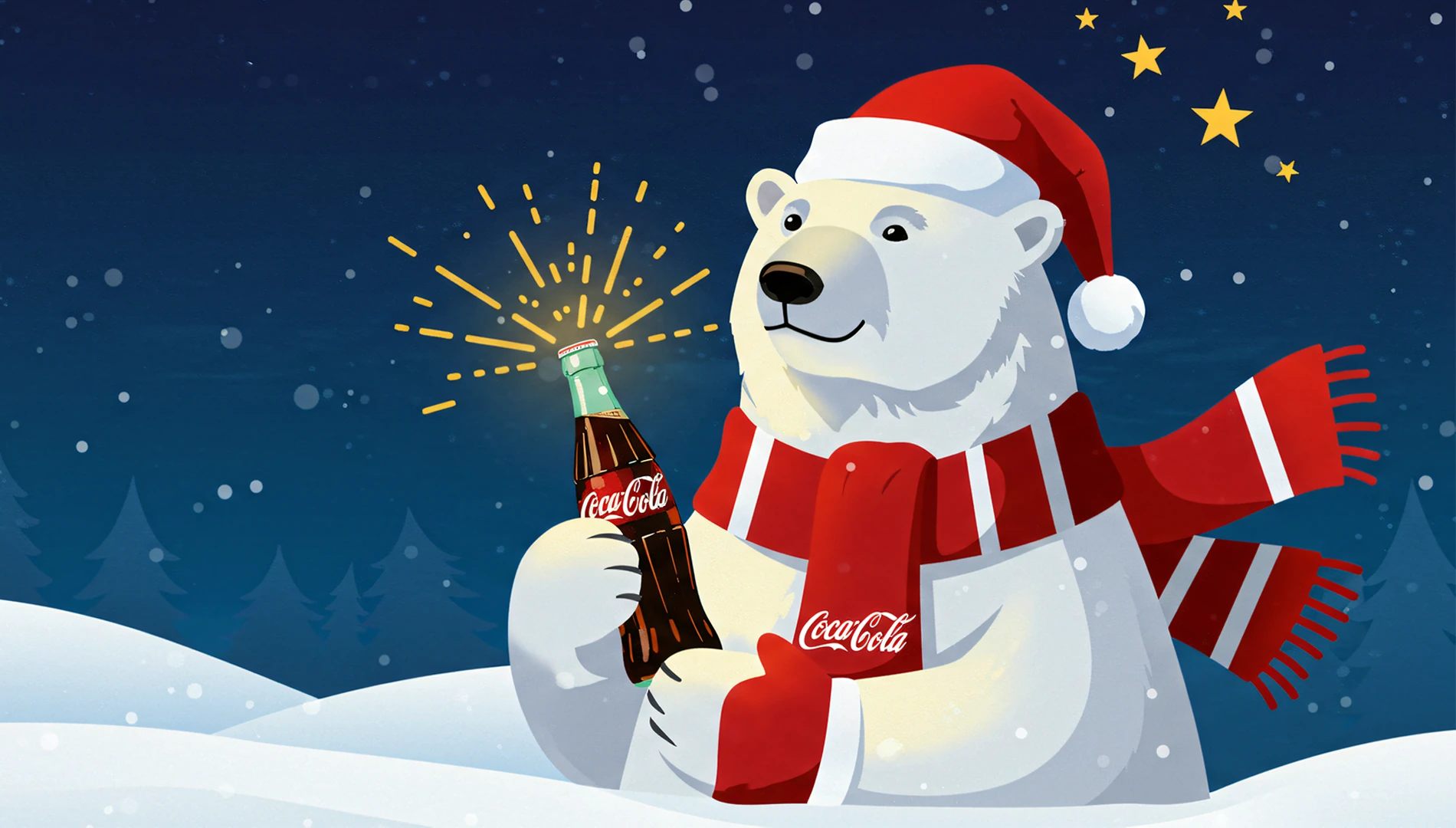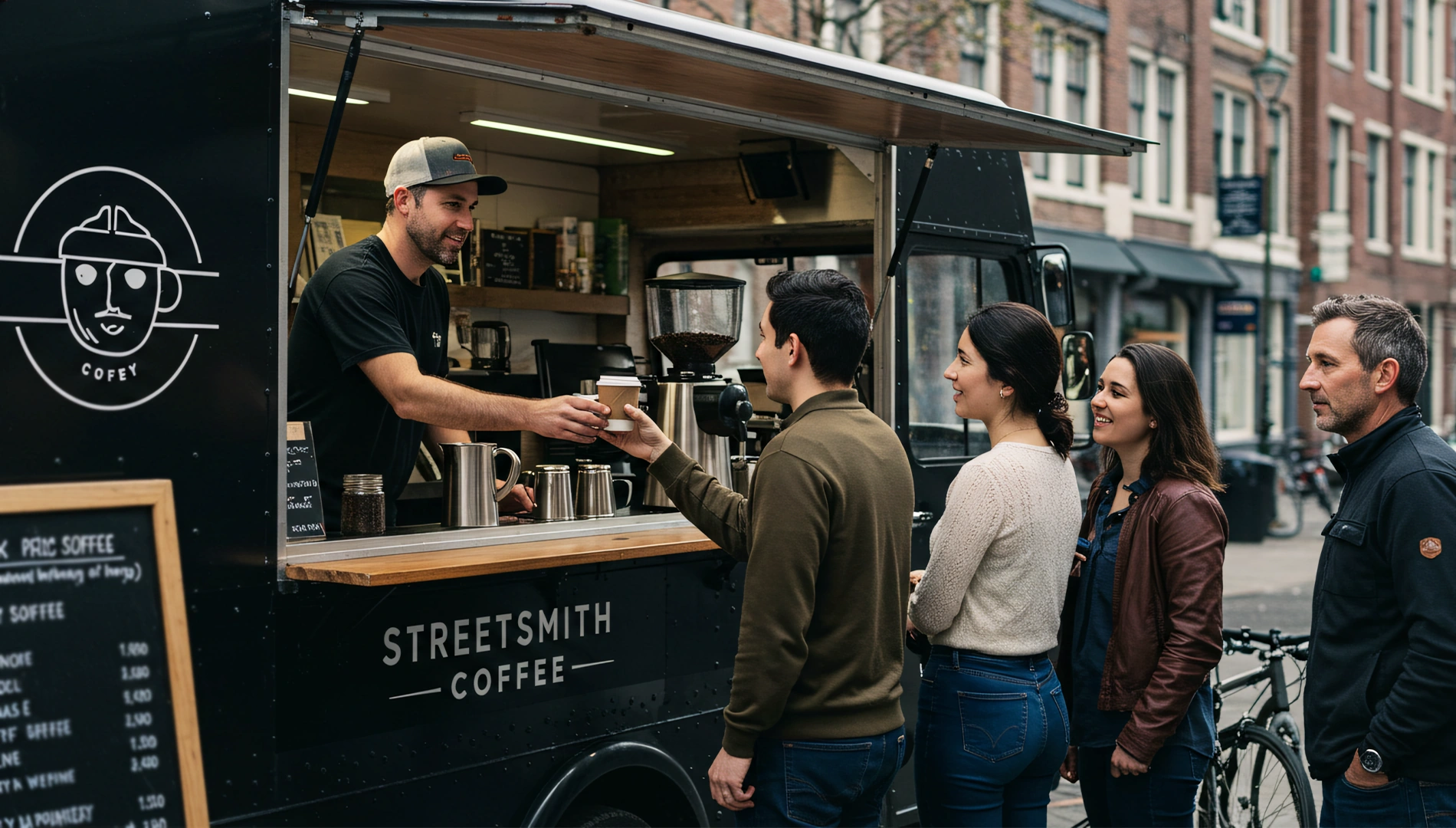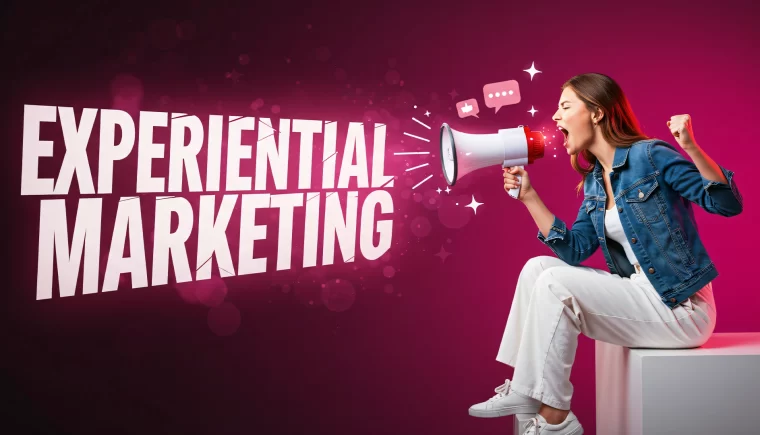What are the most effective experiential marketing strategies?
To boost brand engagement, leading strategies include immersive storytelling, sensory branding, and real-time personalization. As a result, interactive campaigns drive stronger emotional connections, increase customer retention, and deliver up to 3x higher ROI than traditional advertising.
How Apple and Nike Trigger Emotional Brand Memory
Core Experiential Marketing Principles That Drive Engagement
Experiential marketing isn’t just about flashy events anymore. Now, it’s about real moments where people feel part of the brand. And instead of talking at people, you bring them into the story. That’s where the magic happens — because when someone’s involved, they remember it.
Here’s the thing: our brains hold on to emotions better than ads. So if a brand creates something that hits home, it sticks. You probably still remember a powerful experience more than a random video ad, right?
The best campaigns keep it simple but meaningful. They always include:
-
Authenticity, so people trust what they feel
-
Emotional triggers, like joy or surprise, that leave a mark
-
Real value, through fun, learning, or connection
-
Peak moments, those high-energy sparks that shape memory
In the end, this isn’t just a trend. These moments build brand trust and drive decisions — even months later. I’ve seen it firsthand. One event I joined three years ago still shapes how I see that brand. Wild, right?

How Modern Consumers Are Changing Brand Experiences
Today’s consumers expect meaningful connections with brands they support. This shift requires experiential marketing that is:
- Personalized to individual preferences
- Naturally shareable across platforms
- Aligned with consumers’ values
- Integrated across digital and physical touchpoints
Smart brands understand that experiences should feel beneficial rather than overtly promotional. They focus on creating value first, knowing that business results follow when emotional connections develop.
How Multi-Sensory Marketing Enhances Brand Experiences
You know what sticks? When more than one sense kicks in. Studies say multi-sensory marketing boosts recall by up to 70%. That’s not small. The best experiences trigger three senses or more — not just what you see.
Think of walking into a high-end car showroom. You notice the leather smell, the engine’s sound, the smooth feel of the steering. Each detail builds a moment you remember. That’s how brands create lasting loyalty — through real experiences people feel, not just watch.
To implement this effectively:
- Identify which sensory elements best represent your brand identity
- Create consistent sensory signatures across touchpoints
- Test how different sensory combinations resonate with various audience segments
Remember that sensory harmony matters more than overwhelming stimulation – the goal is reinforcing your brand message through complementary sensory elements.

Blending Digital and Physical Elements in Brand Experiences
Today’s most innovative campaigns bridge digital and physical engagement. Virtual reality can transport consumers to new environments, while augmented reality overlays digital information onto physical spaces. These technologies, when paired with traditional sensory elements, create truly immersive brand experiences that consumers remember.
For example, travel companies might combine VR previews of destinations with relevant scents and ambient sounds, creating a multi-layered impression far stronger than digital content alone.
Technology That Enhances Experiential Impact
The right technology can transform experiential marketing effectiveness. From RFID wristbands personalizing festival experiences to AR apps bringing packaging to life, thoughtful tech integration makes brand interactions more engaging.
Successful technology implementation feels seamless rather than gimmicky. Always ask: “Does this genuinely enhance the customer experience, or is it just technology for technology’s sake?”
Particularly effective approaches include:
- Interactive installations responding to human movement
- Mobile apps unlocking exclusive in-person experiences
- Systems collecting data for real-time personalization
When implementing technology, always ensure accessibility. Provide clear instructions and have staff available to assist those who may be less tech-savvy.
If you’re interested in exploring how the latest digital innovations are reshaping consumer experiences, our Technology section offers insights on leveraging emerging tools for better customer engagement.
Using Data-Driven Personalization in Brand Experiences
The most sophisticated experiential campaigns use data to deliver tailored experiences. By analyzing information before, during, and after events, brands create increasingly personalized interactions that resonate with specific segments.
For instance, a retailer might use previous purchase data to customize in-store styling sessions, or a festival might adjust recommended performances based on attendees’ preferences. These thoughtful customizations make consumers feel understood and valued.
Building Brand Communities Through Shared Experiences
The strongest experiential marketing campaigns create community among participants. When consumers feel they’re part of something larger than themselves, their emotional connection to the brand deepens considerably.
Effective community-building approaches include:
- Co-creation opportunities where consumers help shape products
- Shared challenges uniting participants toward common goals
- Brand-sponsored spaces connecting like-minded individuals
- User-generated content showcasing community members
The outdoor industry demonstrates this well. Leading brands don’t just sell products; they create communities united by environmental values and active lifestyles. Their experiences often include conservation events or skill-building workshops that strengthen community bonds while reinforcing brand values.
How to Create Authentic Connections in Experiential Events

Meaningful community experiences feel organic rather than manufactured. Successful brands create environments where genuine connections form naturally around shared interests. They act more as facilitators than directors, providing context for community building without forcing interactions.
For example, culinary brands might host collaborative cooking workshops where participants naturally connect through shared experiences. The brand becomes associated with these positive social interactions, building emotional attachment.
How to Align Experiential Campaigns With Brand Values
For experiential marketing to drive lasting value, it must authentically reflect a brand’s identity and values. Consumers quickly detect disconnects between marketing experiences and actual brand behavior. When experiences align with genuine company purpose, they reinforce authenticity rather than undermining it.
Consider how outdoor retailer REI closed stores on Black Friday for its #OptOutside campaign, encouraging customers to enjoy nature instead of shopping. This initiative perfectly matched the company’s values around outdoor appreciation and mindful consumption.
To ensure alignment:
- Start with core brand principles when designing experiences
- Involve loyal customers in experience planning
- Evaluate every element against established brand standards
- Prioritize long-term brand consistency over short-term gains
This alignment creates coherence across customer touchpoints, building stronger brand associations and more meaningful connections.
For more insights on how consistent brand messaging drives business growth, explore our Business section, where we examine successful market positioning strategies.
Purpose-Driven Experiential Approaches
Today’s consumers increasingly support brands that stand for meaningful causes. Purpose-driven experiential marketing connects consumers with issues they care about while demonstrating a brand’s authentic commitment.
The most effective purpose-driven experiences offer participants tangible ways to engage with causes rather than merely highlighting corporate initiatives. They create emotional connections through shared values while showing ongoing commitment beyond marketing moments.
Creating Shareable Experiential Moments for Greater Reach
In our connected world, experiential marketing can reach far beyond physical participants. Well-designed shareable moments multiply audience reach when attendees become brand ambassadors through their social networks.
Effective shareable moments feature:
- Visual distinctiveness standing out in social feeds
- Personal relevance reflecting positively on the sharer
- Emotional quality triggering responses from viewers
- Clear sharing prompts with branded hashtags
Museum of Ice Cream exemplifies this approach with highly photogenic installations that visitors eagerly share. Each space is thoughtfully designed for shareability, extending reach far beyond ticket holders.
Balancing Social Appeal With Meaningful Engagement
While shareability matters, effective experiential marketing balances “Instagram moments” with deeper engagement. Experiences prioritizing surface aesthetics over substance may generate short-term buzz but fail to create lasting connections.
The best approach combines visually compelling elements with genuinely meaningful experiences. This creates both immediate amplification through sharing and deeper emotional connections driving long-term loyalty.
Measuring Experiential Marketing ROI Effectively
Evaluating experiential marketing requires looking beyond traditional metrics. While attendance figures and immediate sales lift matter, they don’t capture full initiative value. Comprehensive measurement includes:
- Engagement metrics (participation rates, dwell time, interactions)
- Brand perception shifts (sentiment analysis, consideration changes)
- Content generation (user-created posts, shares, mentions)
- Long-term impact (customer lifetime value, loyalty rates)
Advanced approaches might track participants through extended customer journeys, compare behaviors against control groups, or use attribution modeling to connect experiential touchpoints with eventual conversions.
Successful brands establish clear objectives and corresponding metrics before launching campaigns, investing in measurement systems capturing both immediate impact and long-term value creation.
Connecting Experiences to Business Outcomes
To secure continued investment in experiential marketing, connect initiatives directly to business results. This might include:
- Tracking acquisition costs through experiential channels
- Measuring retention rates among participants
- Calculating earned media value from generated content
- Assessing impact on purchase behavior
By linking experiential marketing to concrete business outcomes, marketers demonstrate value beyond brand building and secure resources for future initiatives.
Frequently Asked Questions About Experiential Marketing
What are the most successful experiential marketing campaigns?
The most successful experiential marketing campaigns create authentic emotional connections while reflecting core brand values. Notable examples include Red Bull’s Stratos space jump embodying their extreme positioning, Refinery29’s immersive “29Rooms” installations bringing partnerships to life, and Vans’ community spaces centered around skate culture. These succeed by delivering genuine value beyond product promotion.
How do you measure the success of an experiential marketing campaign?
Effective measurement combines immediate metrics with long-term impact assessment, including:
- Participation metrics (attendance, engagement time)
- Content generation (social shares, user-generated content)
- Brand impact (awareness lift, sentiment change)
- Business outcomes (lead generation, conversion rates, customer lifetime value)
The best approaches establish clear objectives before launching, then track participants through extended customer journeys.
What are the main differences between experiential marketing and traditional marketing?
Traditional marketing delivers messages to passive audiences through one-way channels like advertisements. Experiential marketing creates participation opportunities where consumers actively engage with brands through immersive experiences. While traditional approaches focus on communicating product features, experiential marketing aims to create emotional connections through memorable moments. Traditional marketing measures success through reach metrics; experiential marketing evaluates engagement depth and emotional impact.
How do you create an immersive experience for customers?
Creating truly immersive experiences requires engaging multiple senses, triggering emotions, and providing active participation. Start by deeply understanding your audience’s preferences. Design experiences that authentically align with brand values while addressing audience needs. Incorporate multi-sensory elements reinforcing brand identity. Create clear narrative arcs with beginning, middle, and endpoints. Balance structured elements with opportunities for personalization. Extend the experience through pre-event anticipation building and post-event follow-up.
What role does technology play in experiential marketing?
Technology enhances modern experiential marketing by increasing immersion through AR/VR, personalizing experiences through data, extending reach beyond physical limitations, facilitating participation through interactive installations, streamlining logistics, and measuring impact through analytics. The most effective implementations feel intuitive rather than distracting. Successful brands view technology as enabling human connection rather than replacing it.
Remember: the most effective experiential marketing doesn’t just promote products—it creates meaningful connections between brands and people. By implementing these seven strategies, you’ll create experiences that resonate emotionally while delivering measurable business results.





